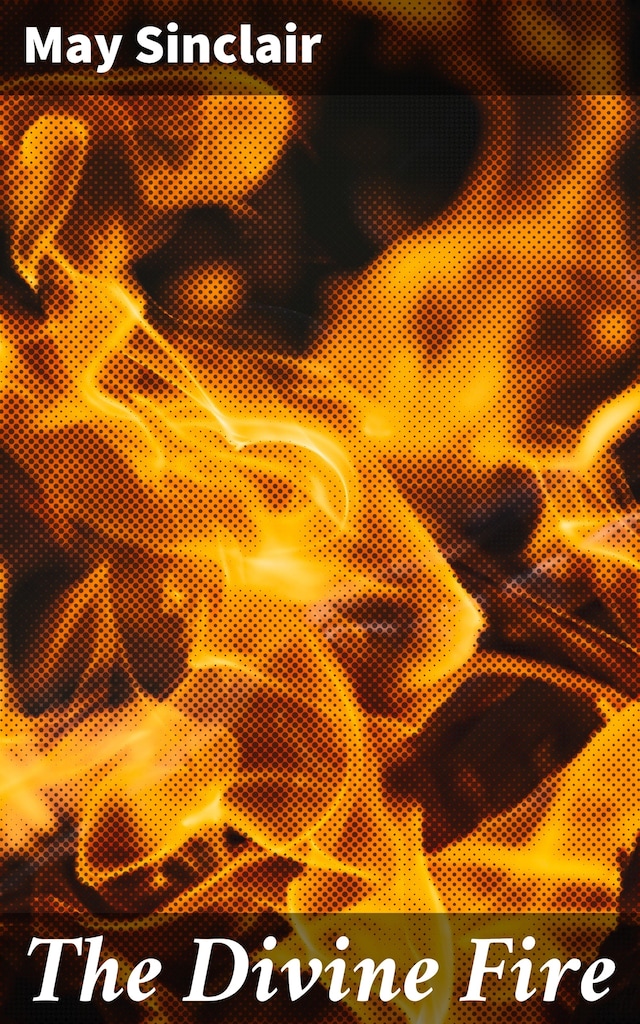
The Divine Fire
Exploring Love, Art, and Spirituality in Early 20th-Century London
Tietoa kirjasta
In "The Divine Fire," May Sinclair delves into the complexities of artistic creation through the lens of passion and obsessive ambition. Set against the backdrop of early 20th-century England, the narrative chronicles the tumultuous journey of a young writer, exploring themes of inspiration, sacrifice, and the often-painful pursuit of authenticity in art. Sinclair's prose is characterized by a rich psychological depth and impressionistic style, allowing readers to immerse themselves in the protagonist's internal struggles while navigating societal expectations and personal desires. This novel serves as a poignant reflection on the nature of creativity and the often-thin line between genius and madness. May Sinclair, a prominent figure in the literary avant-garde, was deeply influenced by her own experiences as a novelist and suffragist. Born in 1863, Sinclair was an ardent advocate for women's rights and the exploration of the human psyche, which informed her portrayal of characters grappling with societal constraints. Her interest in psychology and mysticism, particularly as synthesized in her works, mirrors her personal convictions and illuminates the broader cultural shifts of her time, positioning her as a vital voice in modernist literature. I highly recommend "The Divine Fire" to readers interested in the intersections of art and psychology. Sinclair'Äôs incisive exploration of the artist's psyche offers a timeless examination of the costs associated with creativity. This novel not only reflects her deep understanding of the human condition but also transcends its era, making it a must-read for anyone fascinated by the struggles of artistic expression.
 May Sinclair
May Sinclair 762 Sivua
762 Sivua